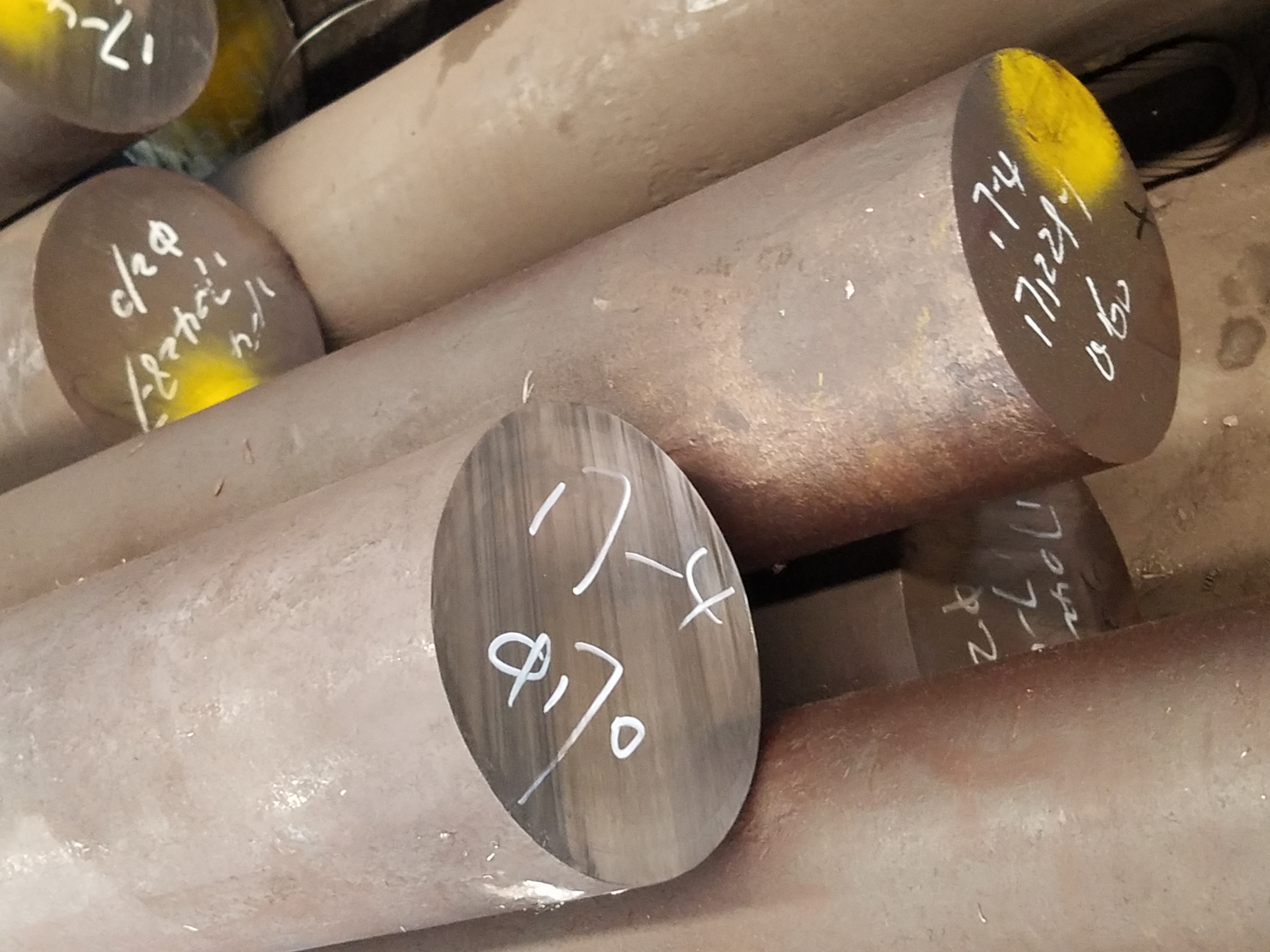Chromium-molybdenum stainless steel and nickel-based alloys (Monel, Fields Metals, Incoloy and Hastelloy) are the two most common types of corrosion-resistant gas metal materials. But they are both corrosion-resistant. Can you tell the difference between them? In what aspects are the differences reflected? Which material is suitable to use under what circumstances?
This article will compare the differences between chromium-molybdenum stainless steel and nickel-based alloys from six aspects: chemical composition, operating temperature, corrosion resistance, mechanical properties, application scenarios and price.
First, let’s look at the chemical composition. Chromium-molybdenum stainless steel is mainly an iron alloy with an iron content of more than 65%; while nickel-based alloys use nickel as the main component and usually contain less than 50% iron. The chromium content of both materials is roughly the same, but nickel-based alloys generally contain higher amounts of molybdenum than stainless steel. The chemical composition of nickel-based alloys is more complex, with more than 20 types of components.
The use temperature is also the biggest difference between the two materials. In general, stainless steel is suitable for room temperature and nickel-based alloys are suitable for high temperature, which is mainly determined by the nickel element. Due to the high nickel content, nickel-based alloys can maintain the stability of the metal structure at high temperatures.
In terms of corrosion resistance, nickel-based alloys have higher nickel content and higher molybdenum content than stainless steel, so their overall corrosion resistance is better than stainless steel.
In terms of mechanical properties, various types of both materials need to be considered. Some nickel-based alloys and stainless steels have higher strength through grain forced precipitation strengthening mechanism. The strength of stainless steel after tempering treatment is higher than that of ordinary nickel-based alloys, but the temperature effect is greater.
In terms of application, nickel-based alloys are mainly suitable for applications requiring high temperature corrosion resistance, while stainless steel is mainly used in household appliances, medical and other civilian fields.
In terms of price, due to factors such as high nickel content and complex production processes, the price of nickel-based alloys is generally higher than that of stainless steel of the same grade.
Generally speaking, in the vast majority of cases, nickel-based alloys perform better than stainless steel. The choice of materials should consider the balance between material price and application scenarios. If only room temperature applications are required, stainless steel is cheap and sufficient; if used in high temperature and high corrosion environments, nickel-based alloys will be a better choice.
Tianjin Anton Metal Manufacture Co., Ltd. is a company specializing in the production of various nickel-based alloys, Hastelloy alloys and high-temperature alloy materials. The company was established in 1989 with a registered capital of 10.0 million, specializing in the production and sales of alloy materials. Anton Metal’s products are widely used in aerospace, chemical industry, electric power, automobile, nuclear energy and other fields, and can also provide customized alloy material solutions according to customer needs. If you need to know the price consultation of alloy materials or provide customized alloy material solutions, please feel free to contact the sales staff.
==========================================
www.antonmetal.com
ANTON METAL| Your specialty alloys manufacturer
Email: dominic@antonmetal.com
Phone: +8613132148618(wechat/whatsapp)
Post time: Dec-18-2023











